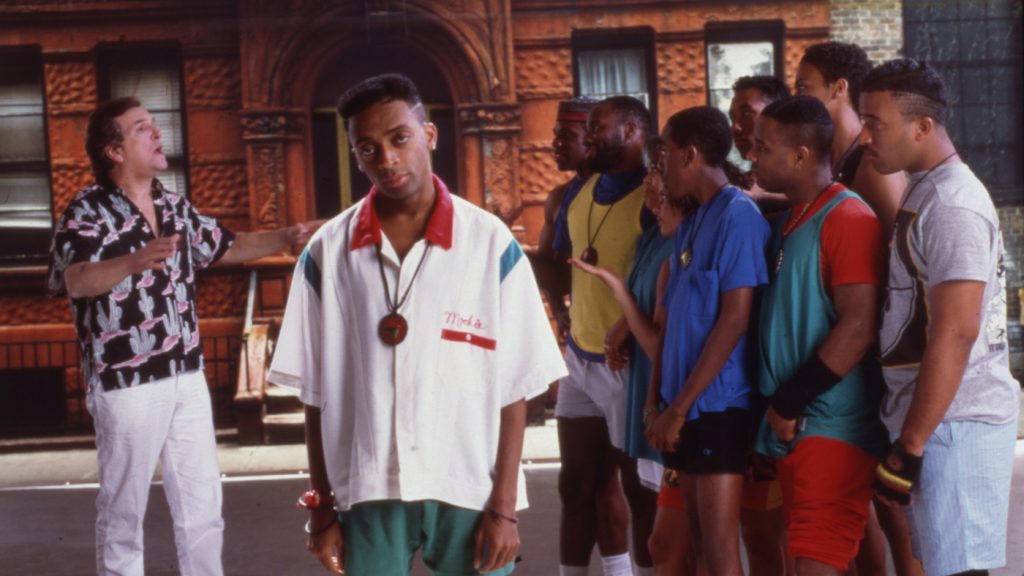The Sweatiest Movies of All Time: An In-Depth Analysis
In the cinematic world, where emotions and physicality intertwine, the visual of sweating actors often transcends beyond mere beads of perspiration, embodying the intensity, heat, and sometimes the raw energy of the storyline. As summer rolls in, sparking debates and retrospections, one intriguing discussion that surfaces among cinephiles and casual movie-goers alike is: What is the sweatiest movie of all time? Iconic films like Spike Lee’s Do the Right Thing, Dog Day Afternoon, Y tu mamá también, and Body Heat often find their way into this heated debate. This article delves deep into the sultry world of cinema, exploring why these films make the list and what makes a movie "sweaty."
What Makes a Movie "Sweaty"?
Before diving into our contenders, it’s crucial to understand what constitutes the "sweatiness" of a film. It’s not merely about the physical appearance of sweat on the actors but also the thematic elements that contribute to the film’s steamy ambiance. Factors include:
- Setting and Climate: Films set in tropical climates or during heatwaves naturally lend themselves to sweaty characters.
- Intensity and Tension: High-stake situations, whether emotional or physical, can manifest through the physicality of sweating.
- Cinematic Techniques: How directors use lighting, close-ups, and color to highlight sweat and evoke a sense of heat.
Now, let’s analyze the films that have become synonymous with on-screen perspiration.
Iconic "Sweaty" Films
Do the Right Thing
Spike Lee’s masterpiece is often lauded not just for its powerful social commentary but also for its palpable sense of heat. Set during one of the hottest days in Brooklyn, the film brilliantly uses sweat to underscore the rising racial tensions that eventually boil over. The copious sweat seen on the diverse cast amplifies the oppressive heat and tension, making it a top contender for the sweatiest film.
Dog Day Afternoon
Based on a true story, this film encapsulates the desperation and the escalating tension of a bank heist gone wrong under the scorching summer sun. Al Pacino delivers an unforgettable performance, his sweat-soaked shirt serving as a testament to the high stakes and the sweltering heat of the ordeal.
Y tu mamá también
This coming-of-age story set in Mexico weaves sexuality, friendship, and political undertones with the backdrop of a sun-drenched road trip. The sweat here is multifaceted, emanating from the physical heat, intense emotions, and the passionate encounters between characters.
Body Heat
A neo-noir film that uses its setting in Florida to full effect, creating a steamy narrative that’s both literally and figuratively hot. The sweat in this film is a tool of seduction, a symbol of the illicit desires and dangerous liaisons that drive the plot.
Beyond the Beads of Perspiration: What Sweat Adds to a Movie
Sweat in films is seldom just about the temperature. It adds depth, authenticity, and a sensory dimension that pulls the viewer closer into the movie’s world. It can symbolize struggle, desire, fear, or merely the raw human condition, making scenes more gripping and real.
- Symbolism and Atmosphere: Sweat can symbolize various themes, including lust, stress, and labor, enriching the narrative.
- Realism: Authentic portrayal of characters in their environment, making scenes more relatable.
- Sensory Engagement: Engages the audience’s senses, making the viewing experience more immersive.
FAQ
Q: Can the “sweatiness” of a film contribute to its critical success?
A: Absolutely. The physicality of sweat can add a layer of authenticity and visceral engagement that can elevate the critical reception of a film.
Q: Are there any genres more prone to feature "sweaty" films?
A: While not exclusive, thrillers, dramas, and films set in tropical or hot climates tend to feature more on-screen perspiration due to their intense narratives and settings.
Q: What other films are known for their "sweatiness"?
A: Films like Apocalypse Now, The Texas Chainsaw Massacre, and 127 Hours are also often mentioned for their palpable heat and sweat.
Conclusion
The debate on the sweatiest movie of all time may never see a definitive winner due to the subjective nature of cinema. However, films like Do the Right Thing, Dog Day Afternoon, Y tu mamá también, and Body Heat stand out not just for the literal sweat that drenches their characters but for how this physical detail is intricately woven into the fabric of their narratives. Sweat, in these films, is more than a byproduct of heat—it’s a storyteller, contributing to the atmosphere, the tension, and the raw, unfiltered humanity of cinema.
